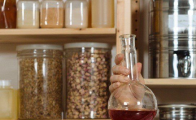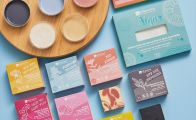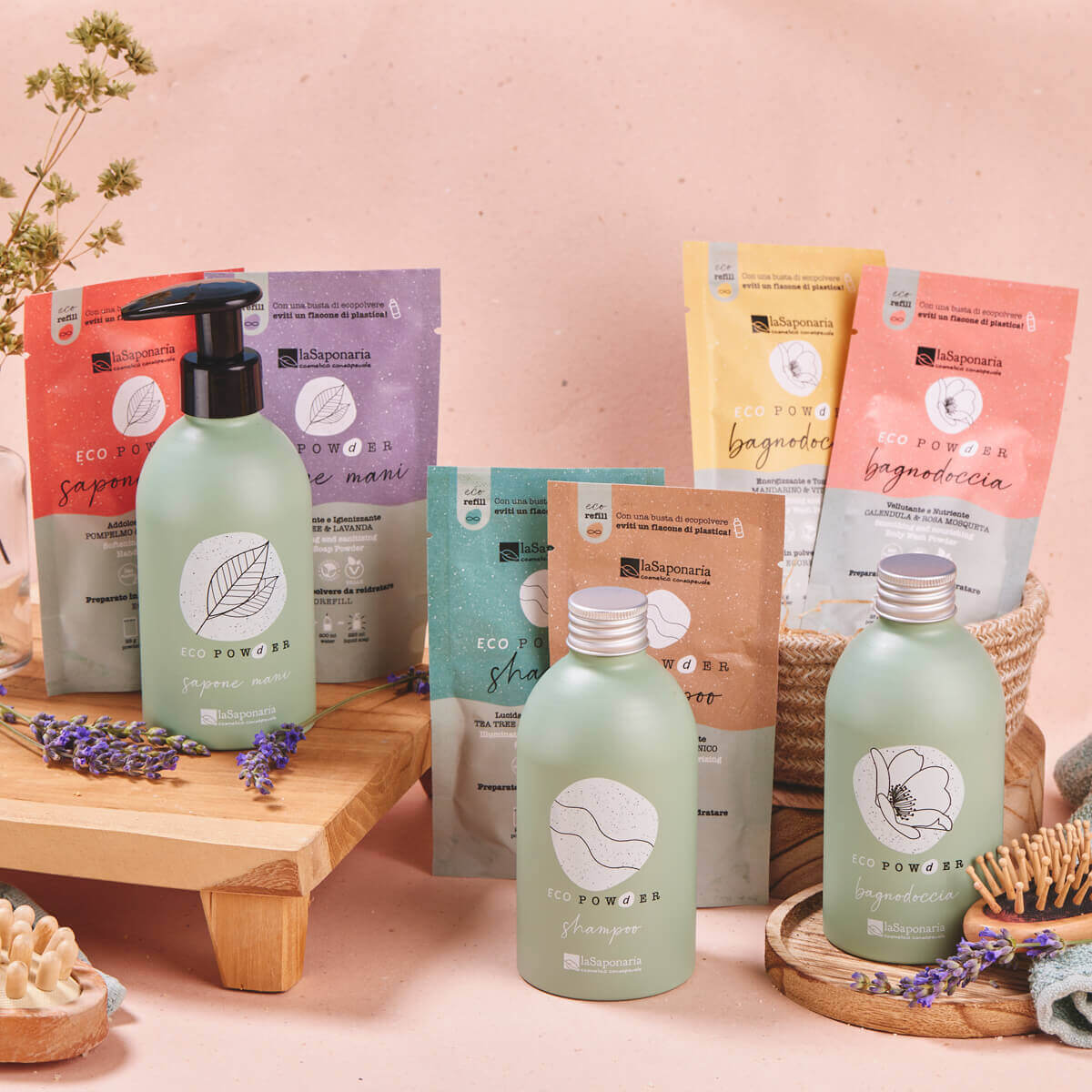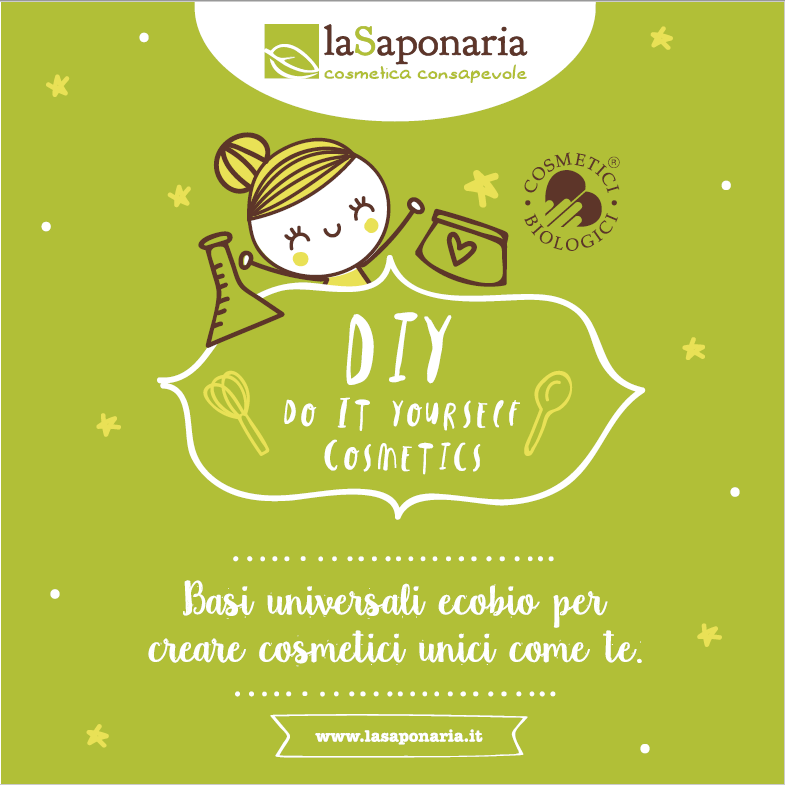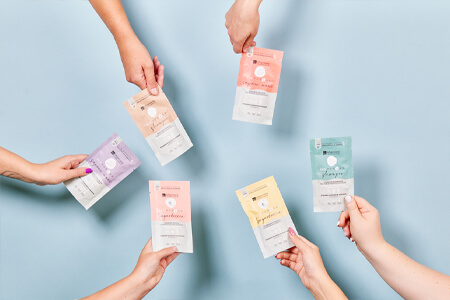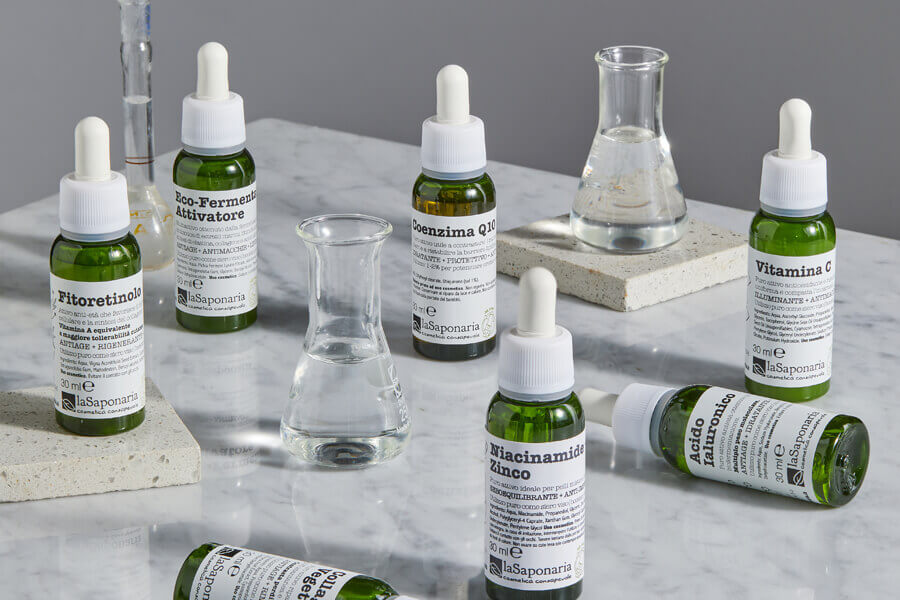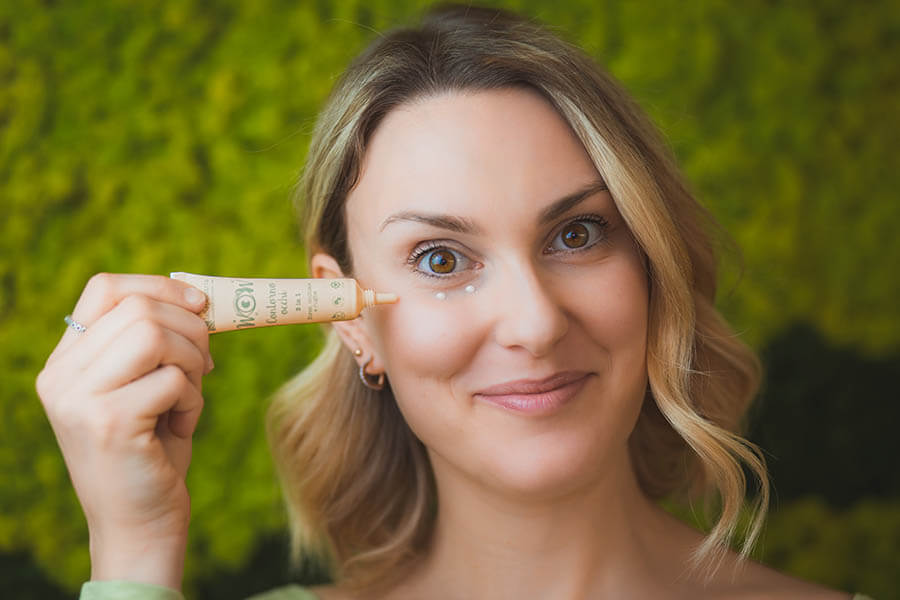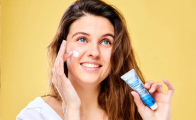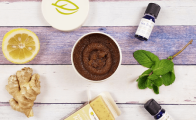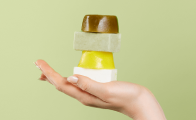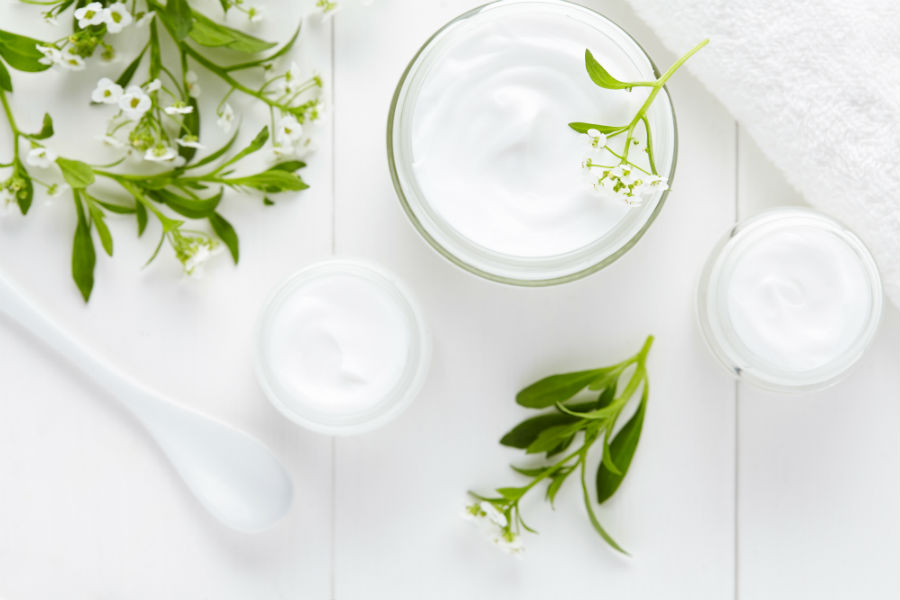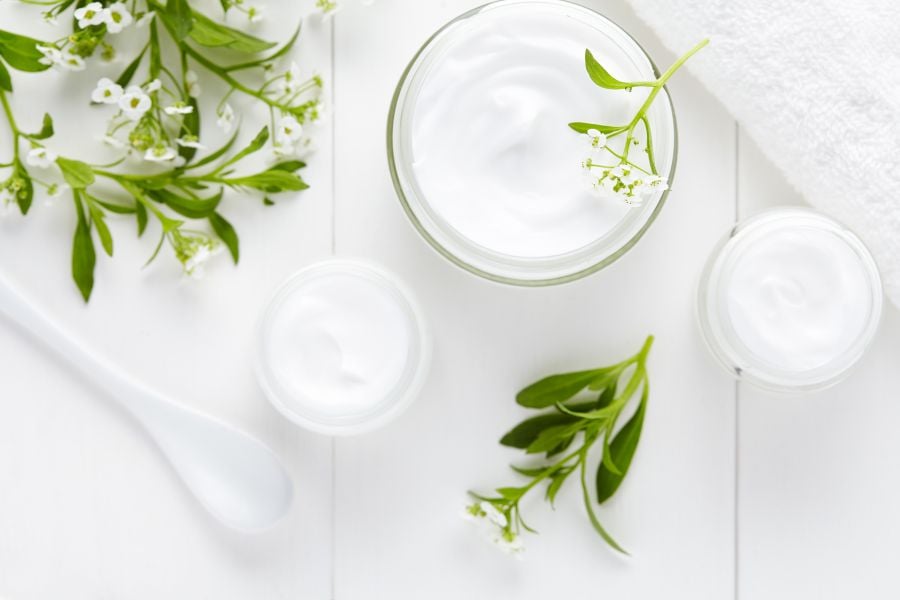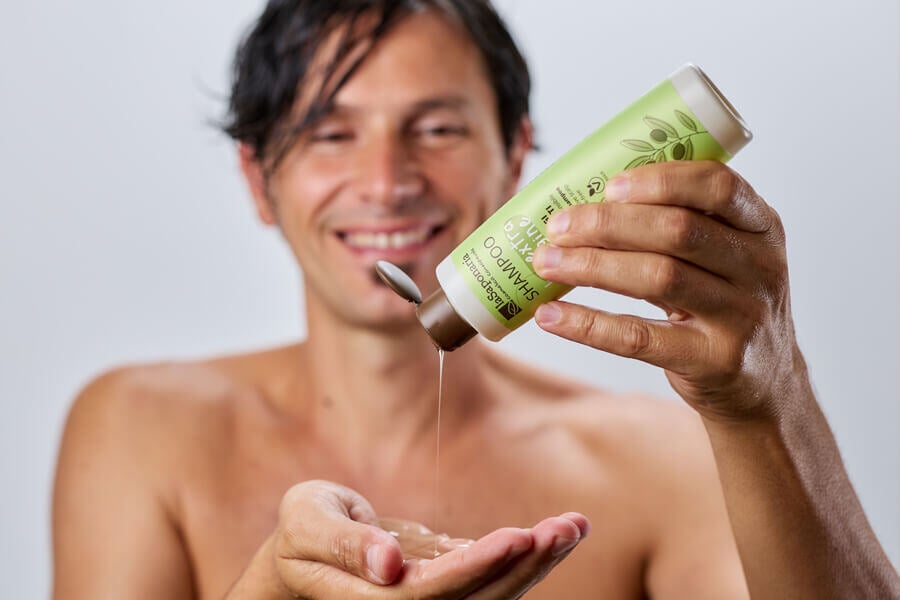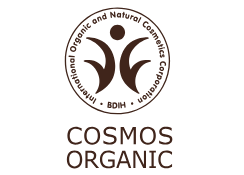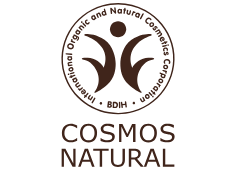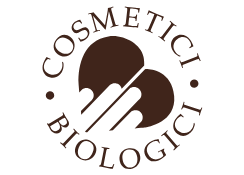The insights of La Saponaria
Silicones in cosmetics: everything you need to know
Silicones in Cosmetics: what they are, how to identify them, and why to choose or avoid them. La Saponaria has always chosen not to use them in its formulas. Today, it seems interesting to carify things on these much-debated ingredients that appear to be experiencing a resurgence.
Silicones in Cosmetics: the debate is open, and as often happens nowadays, opinions may be extremely polarized. When reading online, you can find those who love them, consider them necessary, and minimize any criticism of these ingredients, and there are those who have been avoiding them for years and years.
If one approaches the topic without a pre-established opinion and comes across some in-depth analysis aimed at supporting the thesis of love for silicones, one may wonder at the end of the reading why eco-friendly and organic companies have been seeking alternatives to these ingredients for decades. Probably, as Pirandello said, "truth does not exist," and it becomes really complicated for one to form their own opinion.
So, it is time to clarify this topic, trying to move away from the logic of demonization or mindless praise, but maintaining a critical and constructive attitude. Here are the points we will address in this article:
Silicones in Cosmetics:
- What are silicones?
- Why silicones are used in cosmetics?
- Silicones: how to recognize them in the INCI list
- Silicones in cosmetics: pros and cons
- Why silicones are not allowed by organic cosmetics regulations (CCPB)?
- If silicones are not prohibited, is it because they are not harmful? Is that so?
- Silicones in cosmetics: are there alternatives?
- Conclusion
What are silicones?
Silicones (Organopolysiloxanes) are synthetic polymers, with an inorganic chain of silicon and oxygen and organic side chains. In 1908, F.S. Kipping synthesized the first silicon, and in 1940 silicones began to be industrially produced. Since then, silicones found great extent of use in our world, as they can be used to create resins, oils, wax, but also objects.
Here there are the main characteristics of silicones:
- They are hydrophobic, so they do not dissolve in water.
- They are photostable, they do not undergo changes with sunlight.
- They are thermostable, they do not undergo changes at low or high temperatures.
- They are resistant to oxidation.
- They are inert, they do not interact with other substances they come into contact with.
.png?width=1200&height=800&name=texture-unsplash%20(1).png)
Why silicones are used in cosmetics?
From the 1990s silicons have been used extensively in the cosmetics industry, in particular in creams and hair care products. If we take a closer look to their characteristcs, we do no longer wonder why:
- being inert ingredients, they do not interact with other ingredients in the formulas, but they are used as technique substances to make products texture more easy to smear.
- Being hydrophobic substances, they create an hydro-repellent film on both skin and hair. If, on the one hand, this film can protect the skin and the hair from external agents, like pollution, on the other hand, it prevents water from evaporating, thus altering natural transpiration of skin and hair.
Silicones: how to recognize them in the INCI list
The world of silicones is quite extensive, with the INCI dictionary documenting over 500 derivatives of silicone materials. We can easily recognize them within INCI lists because they typically end with -one, -xane, or -silanoil. The family of silicones is indeed extensive, for simplicity, we can divide it into two main categories:
- Volatile or light silicones: the atoms are placed following a ring-structure. Since they are volatile, they evaporate rapidly. Volatile silicones are used in cosmetics as to create light and non-oily products. Here there are a few examples: cyclohexasiloxane, cyclomethicone, cyclopentasiloxane.
- Dense or heavy silicones: as their molecular weight is high, dense or heavy silicones do not evaporate if in contact with the skin. Their texture is oilier than volatile silicones, and they are used because of their filmin properties. Here there are a few examples: Dimethicone, Dimethiconol, Cetyl Dimethicone, Amodimethicone, Dimethicone copolyol.
Reading through the INCI list of the product you are willing to buy, you can understand what's inside it and in what percentages ingredients are used. According to the Cosmetic Regulation 1223/2009, products contained up to 1% must be listed in descending order in the INCI list, while products that are contained less than 1% can be listed randomly. Therefore, reading the INCI list makes us aware that if products are placed in the first positions, their formula will be more or equal to 1%.
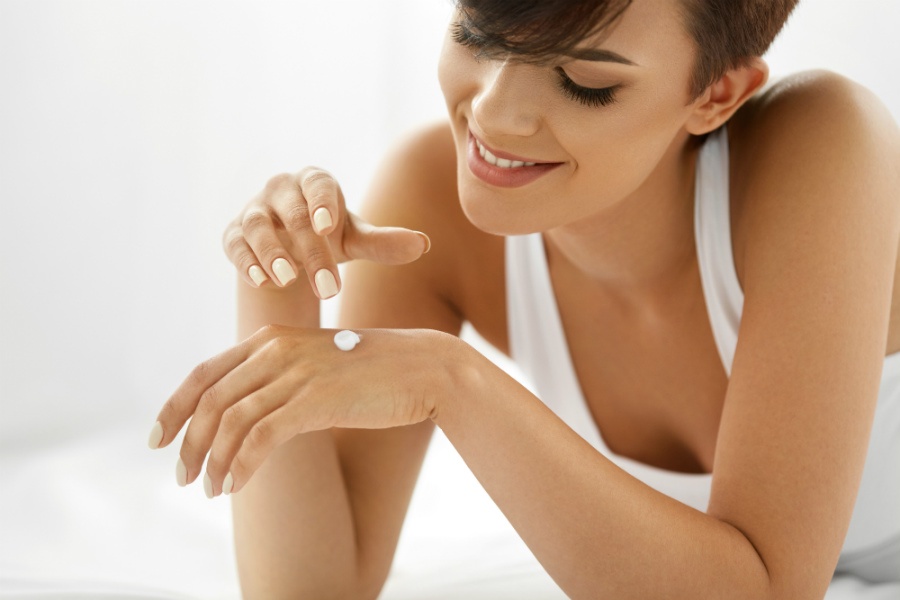
Silicones in cosmetics: pros and cons
What are the pros and cons of silicones? Let's find out everything there is to know on these controversial ingredients.
Pros of silicones in cosmetics:
- products containing silicones are very easy to smear, they do not leave any white trace, and the texture is light and non-oily.
- Being hydrophobic ingredients, silicones are ideal to prepare water-resistant products, like sunscreen protections and waterproof makeup.
- Generally speaking, silicones are well-tolerated.
- They create a film over the skin and the hair, thus preventing them from de-hydration. In particular, if used onto hair, silicones minimize frizzy hair and make it soft and velevety.
Cons of silicones in cosmetics:
- the film they create onto skin and hair keeps water within, but it prevents nautral oxygenation and hydration. In a long-term perspective, the film tends to make hair dry, heavy and easy to get dirty. The same occurs to skin: silicones might obstrute pores thus causing pimples, blackheads and other imprfections. In particular, heavy silicones are more powerful than volatile silicones in causing such imperfections.
- environmental impact: as we have read, silicones are hydrophobic, thermostable, and photostable elements. These characteristics make silicones non-biodegradable ingredients once that they are released in the environment. For this reason, the European Union intervened to limit the use of certain silicones in rinse-off products. For example, since January 2020, concentrations of Cyclopentasiloxane greater than 0.1% are not allowed in rinse-off products. As to the film created by silicones, the problem can be solved by using volatile silicones that have a lighter texture. But what about their environmental impact? The answer is plain and simple: do not use them. La Saponaria respects the environment and doesn't use silicones in its cosmetics, as many other eco-friendly businesses do.
Silicones are non-biodegradable elements: they accumulate in the environment and hurt aquatic organisms.
Why silicones are not allowed by Organic Cosmetics Regulations (CCPB)?
The majority of our products are certified by CCPB, which is a corporation that in 2005 carried out guidelines to produce acknowledged natural and organic cosmetics. Acording to the guidelines, 95% of the cosmetics ingredients must be organic or must have organic origin.
As you can read in the website of our certifying corporation, silicones are not allowed in certified cosmetics since they have a strong impact on the environment, being produced through synthetize procedures that are not allowed by the corporation. This doensn't mean that everything that comes from a process of synthetisation is not allowed in organic cosmetics: you have to look at the process as a whole, plus evaluate wheter the synthetized component is actually necessary or it can be substitued with natural ingredients. This is not true for silicones: in fact you can use organic oils as substitutes for silicones. 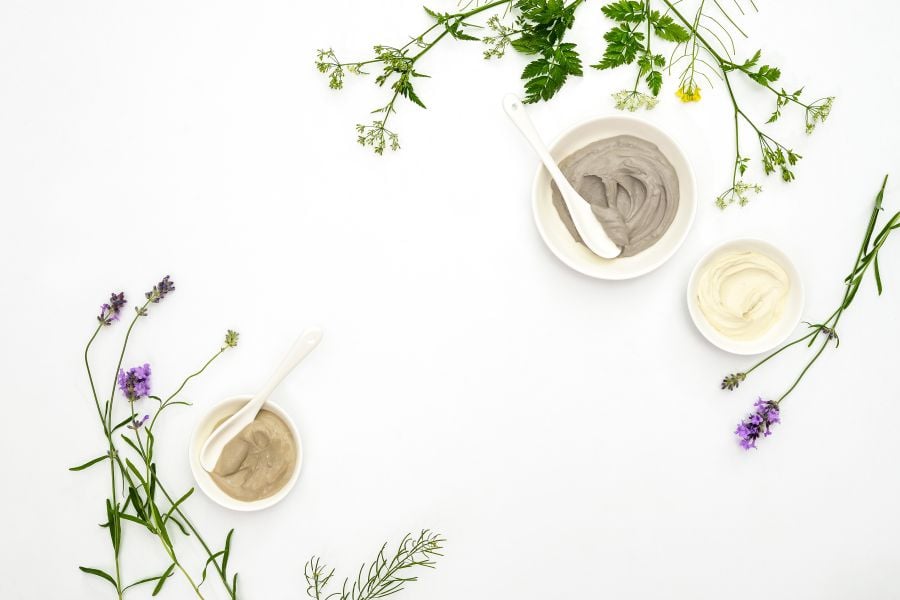
If silicones are not prohibited, is it because they are not harmful? Is that so?
Cosmetics that are traded throughout Europe must respect the 1223/2009 Cosmetics Regulation, according to which each product in the market mustn't be harmful for health. There exist supervising corporations that carry out hundreds of tests, both before and after the entrance of the product in the market, to guarantee effectiveness, safety, and high-quality.
So, as to today, cosmetics traded throughout Europe and that contain silicones are considered safe. However, research is always moving forward and it may happen that other elements start being considered either safe or unsafe. This means that what is safe today might not be safe tomorrow, but research is working to find out alternatives.
Overtime it has occurred that some cosmetics inluded ingredients that have been banished later on, because they were harmful or damaging. For example, chemical sunscreens are banned in Hawaii because they are harmful to coral reefs, or, for a more recent example, the European Union on March 1, 2022 banned zinc pyrithione and butylphenyl methylpropional, better known as Lilial. These ingredients were included in a lot of cosmetics and used even by very popular brands, but today they are banned in cosmetics traded throughout Europe.
As we have seen, silicones can also fall into this category: since January 2020, D4 (Octamethylcyclotetrasiloxane) and D5 (Decamethylcyclopentasiloxane) have been banned in rinse-off products with concentrations greater than 0.1%, as they are highly polluting and harmful to aquatic organisms. D4 is also indicated as an endocrine disruptor and may interfere with fertility.
To sum up, we can state that supervising corporations are always moving forward with research, and that what is allowed today might not be allowed tomorrow. A part from some exceptions, silicones are considered safe for human beings but less safe for the environment, due to their characteristics. This is why it is advisable to prefer eco-friendly alternatives.
As a matter of fact, this is one of the several reasons why we don't use silicones in our products, not only because they are synthetic and polluting, but also because they are quite "new", and it is more likely that research changes its mind about them. This is why we prefer organic ingredients to silicones. As to organic ingredients, is research moving forward? Of course it is! Today we have plenty of research confirming that organic ingredients don't harm either the health or the environment in a long-term perspective.

Silicones in cosmetics: are there alternatives?
Summing up, we have read that silicones are controversial and disputed ingredients. Are there alternatives? Sure there are alternatives, like vegetable oils and butters, which are organic, biodegradable, and moisturizing ingredients.
We have also learnt that silicones are technical ingredients to create emulsions: when coming accross cosmetics production or (DIY production!), we do need lipid substances.
Lipid ingredients have three different origins:
- Chemical or petrochemical origin: silicones, petrolates, and paraffin are inclued in this category. Traditional cosmetics prefer using such ingredients, but what is their impact on the environment? Very high, because we are dealing with polluting and non-biodegradable ingredients. What is their impact om health? Although they are safe today, things might change. As La Saponaria, we prefer using organic ingredients.
- Animal origin: such as bees wax, donkey milk, and lanolin, and many more. As La Sapoaria, we chose a long time ago to produce vegan cosmetics thus reducing our impact on the environment and avoiding to stress its living beings.
- Organic origin: such as olive oil, coconut oil, sunflower oil. Oils used in organic cosmetics are different in their origin, which is to be intened as the extraction method, in the geographic area where they are grown and that can influnce different aspects of the supply chain. Each of these factors has its impact at a global level. We have always adopted a fair, short, and ethical supply chain, plus we have always used km 0 (where possible) raw materials. For example, we chose to use Extra Vergin Olive Oil as main ingredients of our soaps. To know more about our philosophy, click here.
Conclusion
We hope we have helped you out and even though each of us will decide themselves what products to use, we just wanted to shed light on the fact that there exist organic ingredients to silicones.
If you want to try out our products, try our Minikits.
.png)
Written by Elisa
Elisa is La Saponaria’s Beauty Expert. She’s the perfect person to identify the right advice for everyone. Facial and body skin—as well as even the most demanding or hard-to-manage hair—hold no secrets for her.



